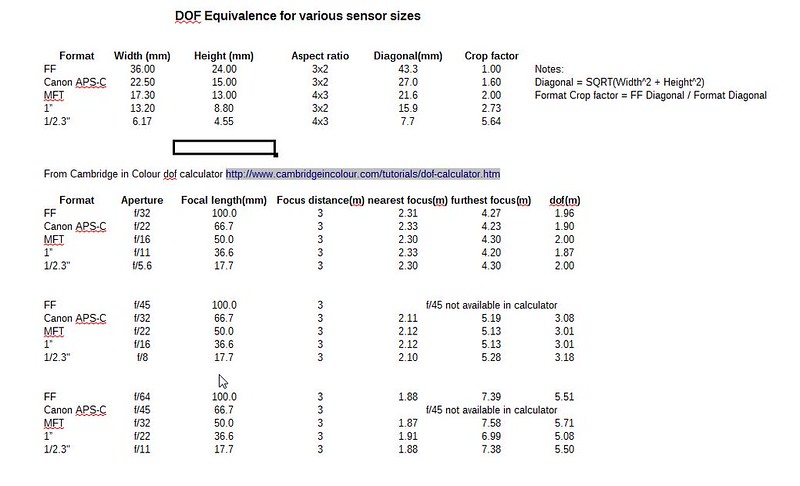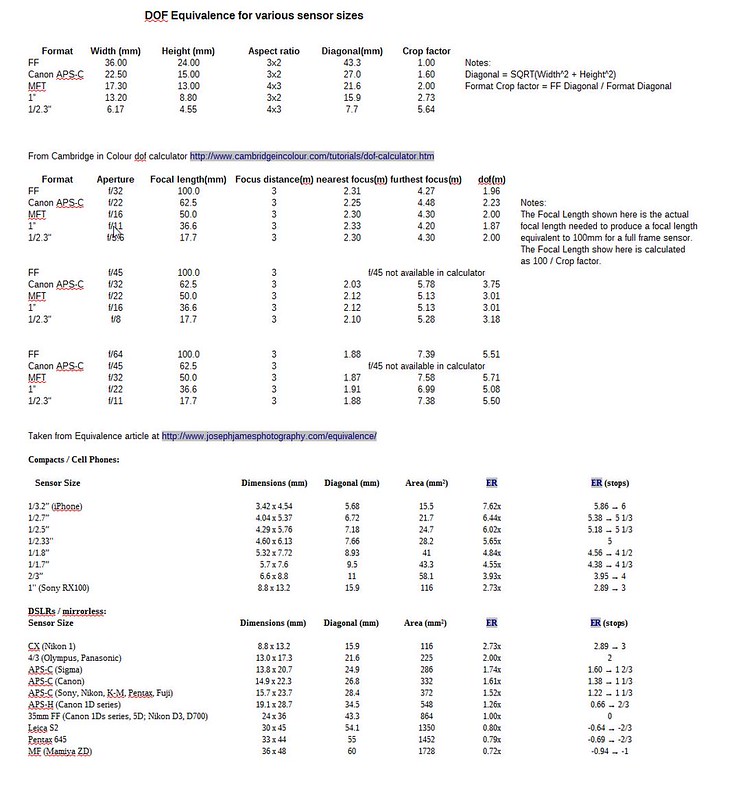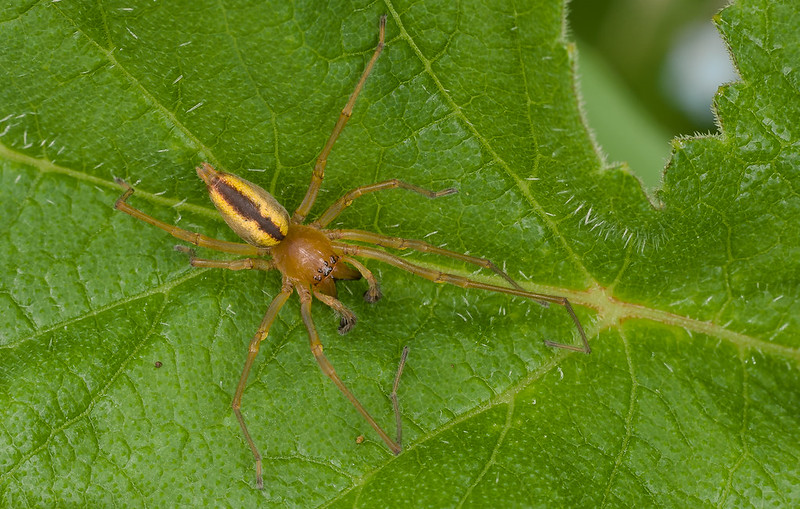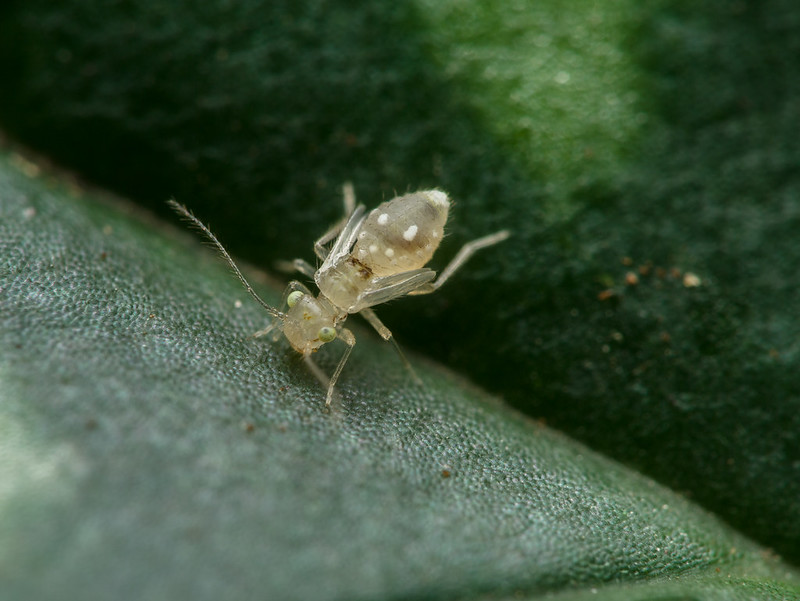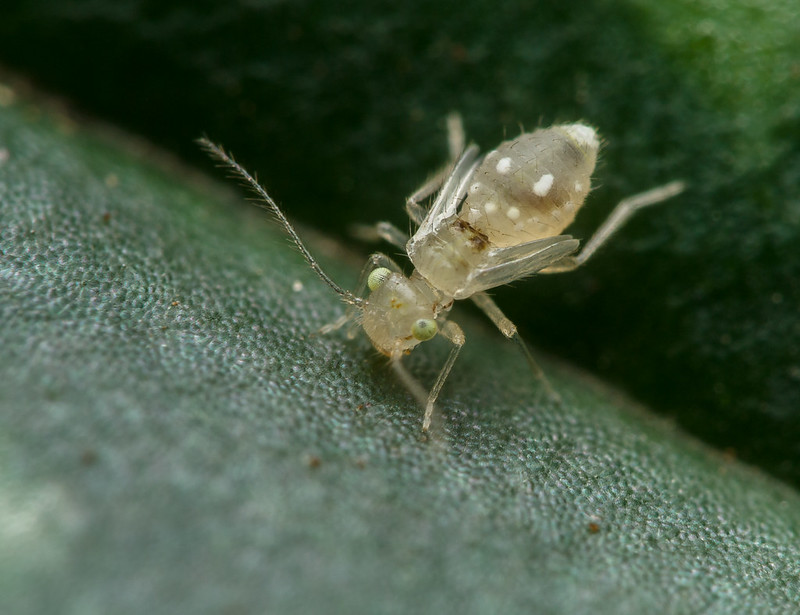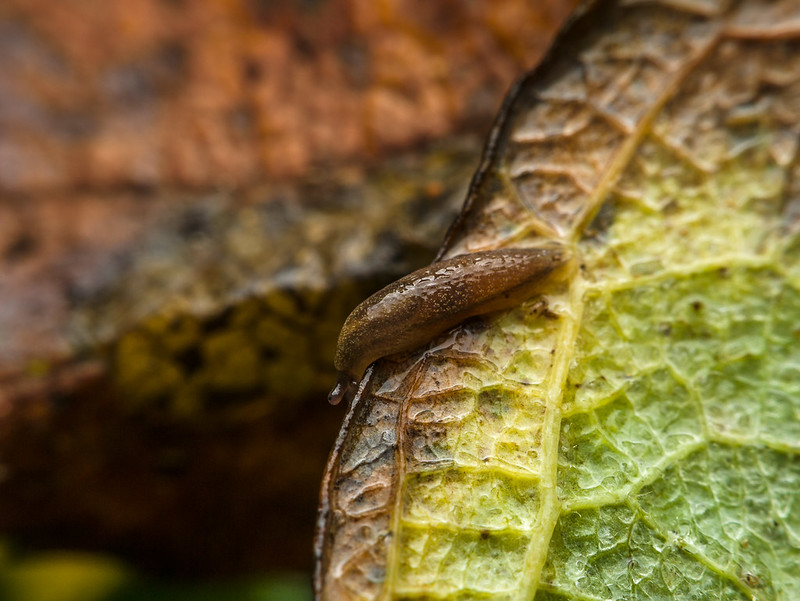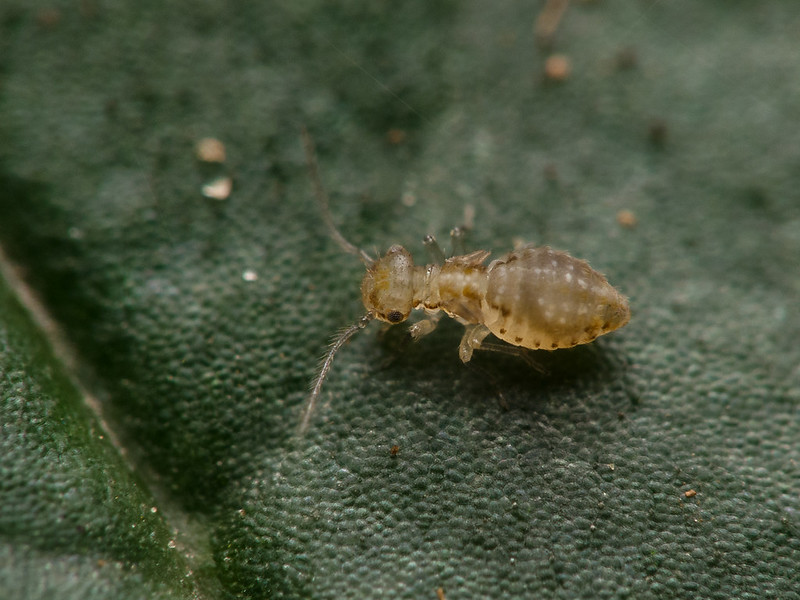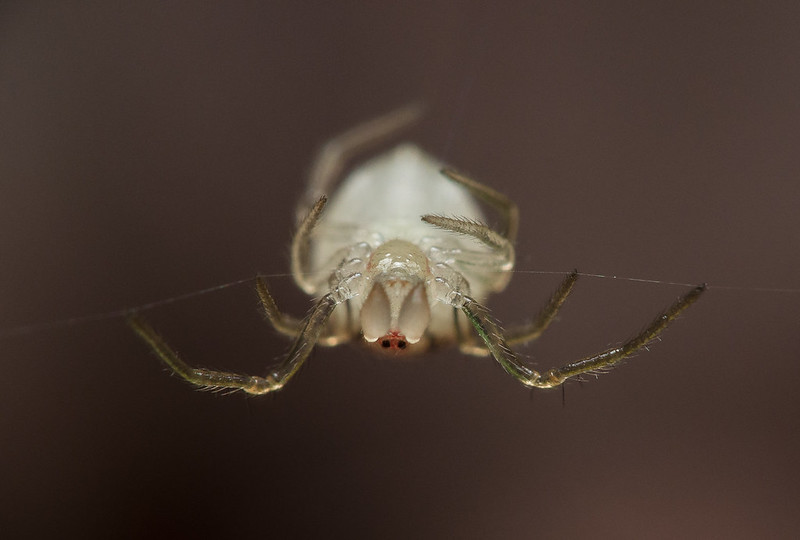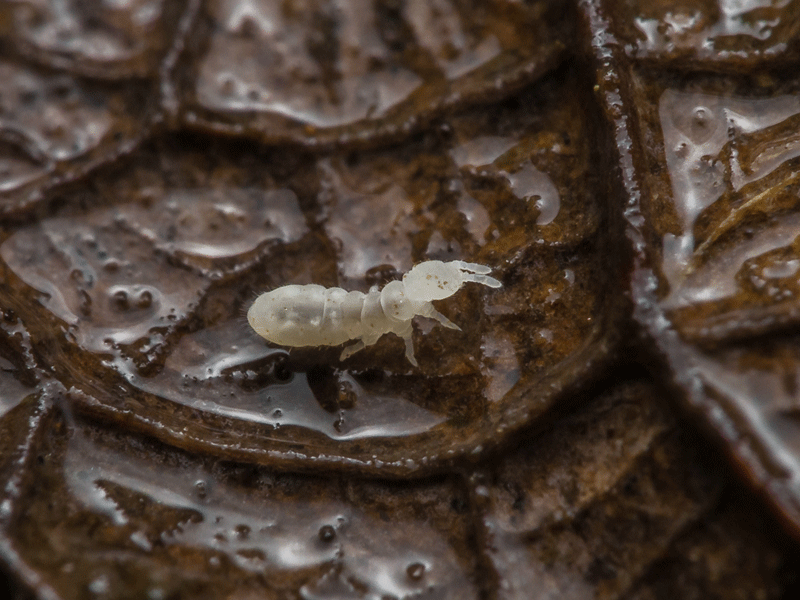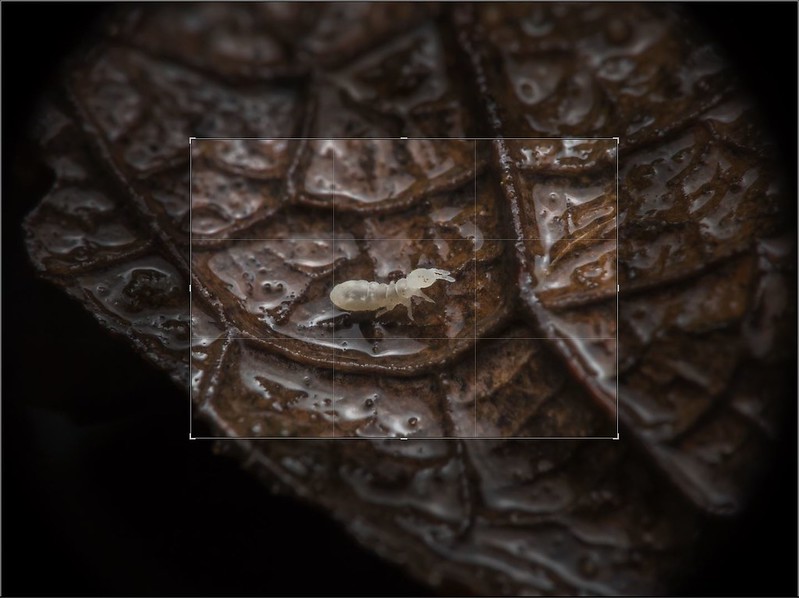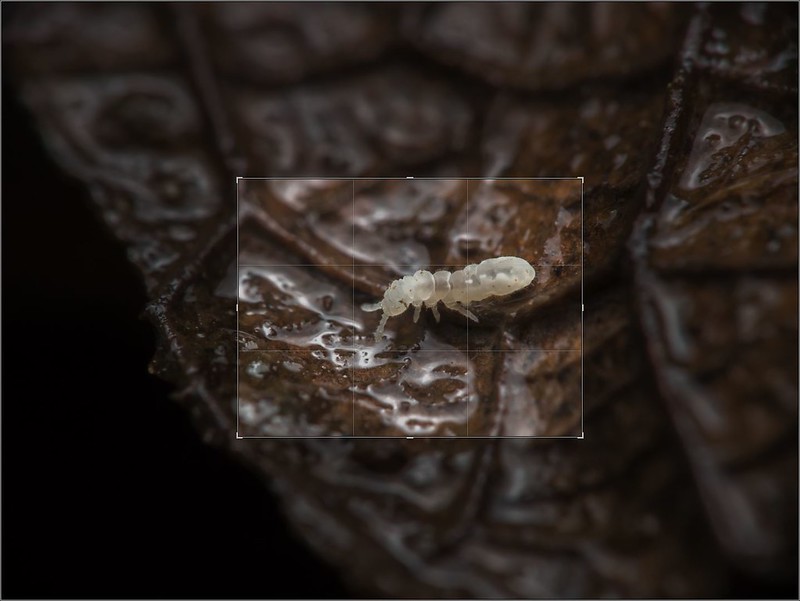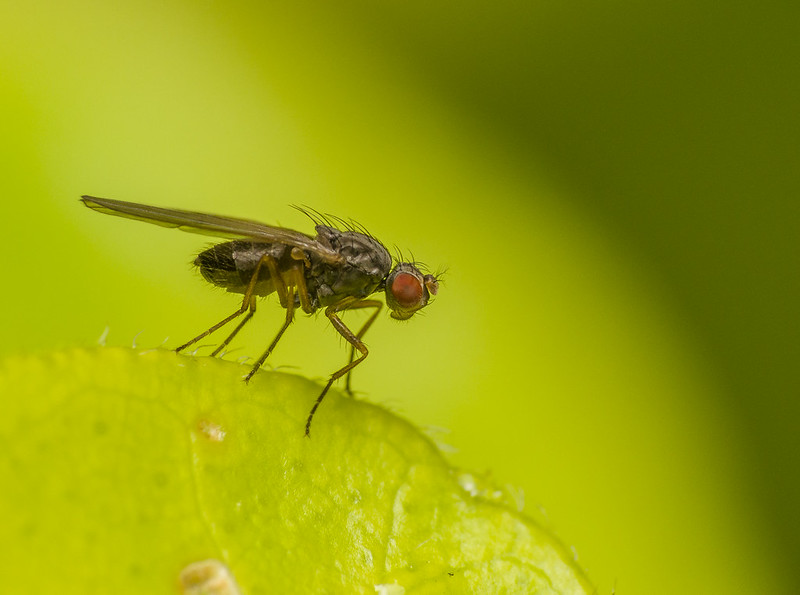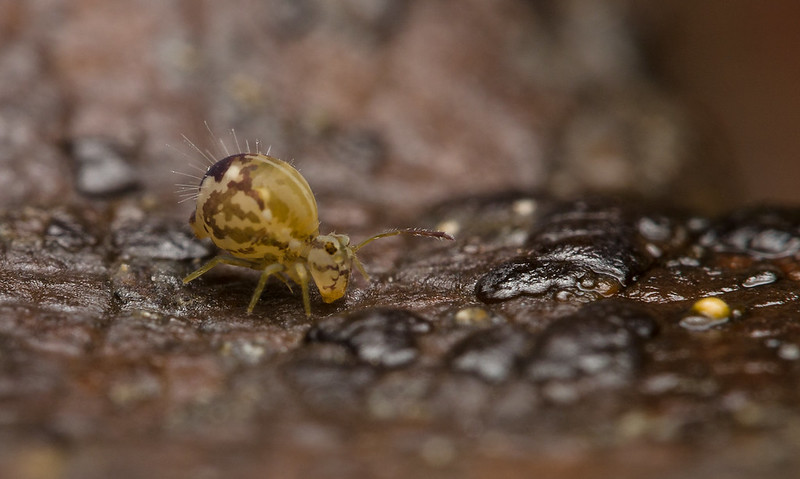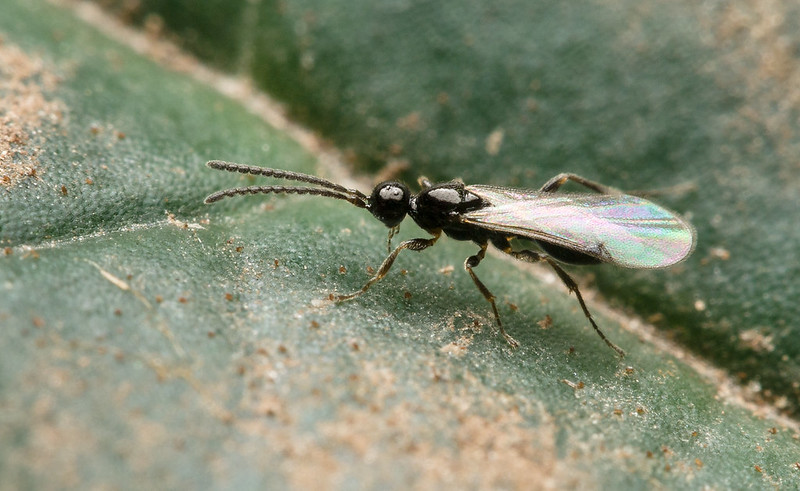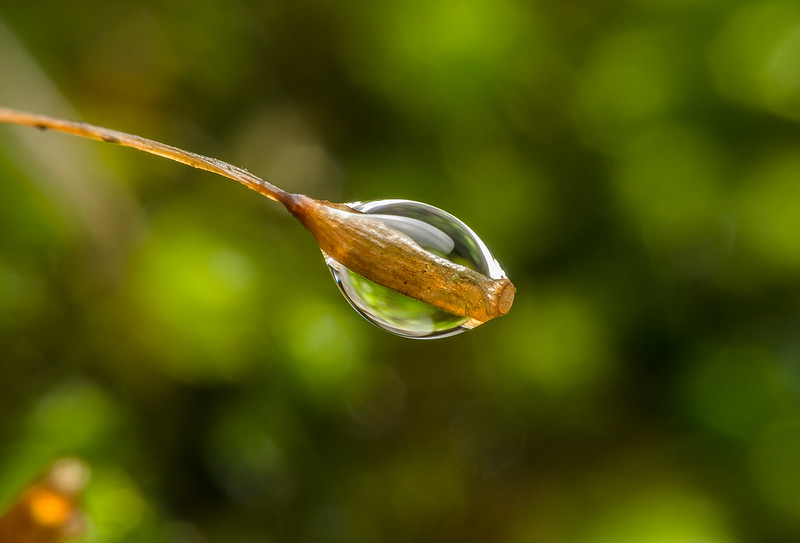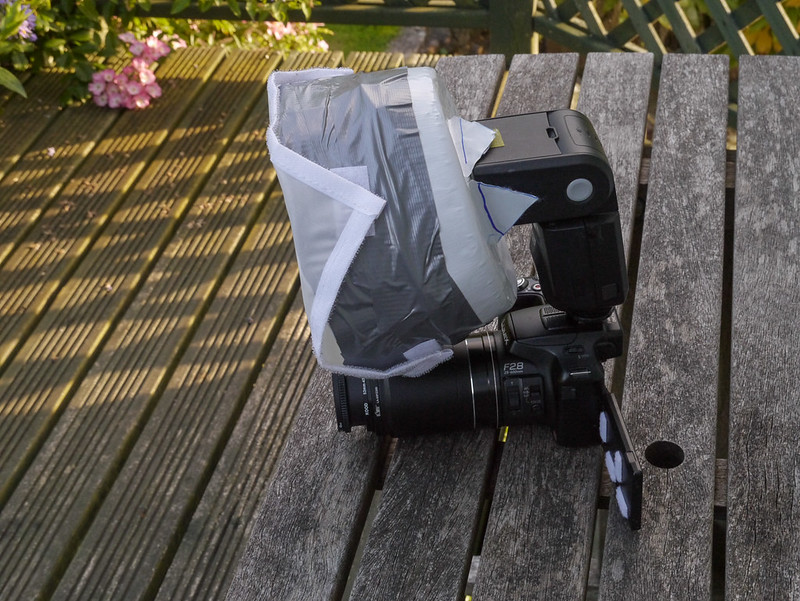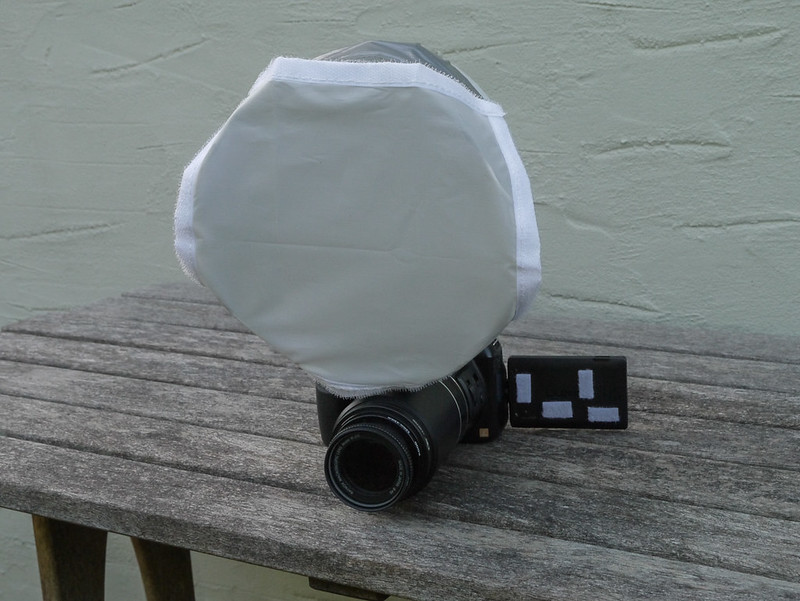... Continued from previous post
Although I hadn't got much out of the day by way of results, on reflection about this and the previous day's work with the FZ200, two things stuck in my mind. One was vignetting, the other was noise.
On the FZ200 I have the achromats on a fixed adaptor tube. This keeps the achromat the same distance from the subject as I zoom in and out and this makes finding the subject and framing for composition much easier and faster, increasingly so as the magnification goes up. At full zoom (and hence full magnification) the camera lens sits right behind the achromat. But as you zoom back to wider angles the camera lens pulls back and gets further and further from the achromat. It works fine, except that you start getting vignetting, which becomes severe by the time you have reached full wide angle/lowest magnification. Here is what it looks like with the Raynox 150 mounted on the adaptor tube, with the FZ200 at full wide angle.

0509 04 Vignetting at 4.5mm focal length with Raynox 150 attached to FZ200 tube. by
gardenersassistant, on Flickr
The FZ200 is a 24x zoom. You have to use the Raynox 150 and also the Raynox 250 at 7x zoom or more to avoid vignetting. The MSN-202 has a smaller diameter than the 150 and 250, and the vignetting is worse. You have to use it at about 12x zoom or more to avoid vignetting.
As to noise, the FZ200 is well known as being a noisy camera. With flash I can use ISO 100 all the time, but I'm using some quite aggressive sharpening and this brings out the grain, which becomes visible as the crops become more substantial. I'm finding that I need to crop a fair bit with these very small subjects in order to get a reasonable (to my eye) amount of dof. But the combination of cropping and sharpening, with images from a noisy sensor, turns out to be a definite limitation.
Neither the vignetting nor the noise is news, and neither is a killer, but it did set me wondering again about the G3. I knew that it was better than the FZ200 for noise, and a quick experiment suggested that it suffers from no vignetting, not even with the MSN-202. (Actually, I now think the MSN-202 does vignette at full wide angle with the G3, but it is at worst a very slight darkening in the corners.) So, yesterday I took out the G3 with the MSN-202 mounted to look for small subjects.
It was an even worse day subject-wise. In an hour and a half I only found one small subject, but it was moving around quite fast, including dropping off the edge of the leaf it was on. I took 4 shots in 30 seconds and a minute later (having lost sight of it and then found it again) 5 shots in 17 seconds before it disappeared for good. This was the best of the bunch.

0619 29 2014-11-15 P1850254 LR by
gardenersassistant, on Flickr
There was nothing else of that size, and not much that was larger, just this (a barkfly?),

0619 02 2014-11-15 P1850139 LR by
gardenersassistant, on Flickr
a wriggly little thing which posed nicely

0619 23 2014-11-15 P1850239 LR by
gardenersassistant, on Flickr
with some internal organs on view

0619 28 2014-11-15 P1850242 LR by
gardenersassistant, on Flickr
and a cooperative fly (perhaps not the same fly, but if not then very similar). This was the only time I managed to get some comparison shots. These are both crops, the G3 image is cropped most.
FZ200

0619 09 2014-11-15 P1500683 LR by
gardenersassistant, on Flickr
G3

0619 22 2014-11-15 P1850222 LR-2 by
gardenersassistant, on Flickr
And that was it.
In terms of image quality, I think it is too early to say. Comparing the best of yesterday's G3 shots with the best of today's FZ200 shots is about the best I can do at this stage, and that doesn't lead me to any quick/clear/obvious conclusions, including on the subject of croppability. I had assumed that the large sensor of the G3 would mean better cropping options, but I'm not so sure how strong a factor that is now, because I was surprised at how much I was able to crop the FZ200 images.
I've revised my view on this a bit. It's still rather early to be sure, but having played with some of the images from this session it looks to me that the G3 can take more of a crop before it runs into noise issues, and I also suspect that the G3 captures more subtle details. But it is too soon to be sure about that.
One definite downside in terms of FZ200 image quality is that green fringing was visible at higher magnifications, and automatic chromatic aberration removal in Lightroom doesn't get rid of it. However, I'm not sure yet if this is a problem with the FZ200 or (as I suspect) with the MSN-202, because it showed up with a very white subject against a dark background, and I didn't capture any images like that with the G3 yesterday. So the G3 may suffer from the same problem.
Turns out it does, so the problem is presumably with the MSN-202 rather than the cameras.
At this stage I'm thinking that using the FZ200 for smaller subjects might be the better option overall. The image quality may well be good enough for my purposes (and pretty much as good as with the G3), the FZ200 is easier to use and seems to have a higher hit ratio in terms of getting the subject suitably in focus. The FZ200 provides greater magnification (but is a bit more awkward in terms of needing to change lenses to move between magnifications). Continuing to use two cameras (FZ200 and 70D) rather than adding a third is appealing.
My views on this are changing too. (The usability aspect of this takes into account my time out in the garden today with the G3. I'll write about that in a subsequent post. I have not yet looked at today's images so I have no idea which way, if any, they may tip the image quality/cropping/noise issues.)
The G3 has taken a back seat for many months now, so while I'm very familiar with the handling of the FZ200 at the moment, I've lost my familiarity with handling the G3. With a bit of practice over the past few days the G3 is beginning to feel better in use.
For example, I mentioned how easy it was to change zoom/magnification with my (right) index finger with the FZ200. I have now rediscovered that the 45-175 lens I'm using on the G3 has a zoom lever which works the zoom nicely, especially when working hand held, with the lever falling nicely for the left index finger (The lens was designed with video in mind apparently).
I'm very interested to find that I'm increasingly using the G3 hand held, something I generally haven't done much for invertebrates in the past. Rather surprisingly (to me at least), this includes working hand held with the MSN-202.
As to focusing, autofocus isn't as good as with the FZ200, but the difference seems to be less than I thought, and perfectly usable a lot of the time, and I'm finding the G3 very usable with manual focusing too, both rocking and using the focus wheel (I seem to be developing a combination of the two).
I'm no longer convinced that the FZ200 has a higher hit ratio. I have the impression that my hit ratio is getting quite good with the G3, in the sense of being able finding the subject – a significant issue at high magnifications - and achieving focus.
And I find that I really like not having any vignetting to take into account (or have nasty surprises about when I come to look at a day's images, or even sometimes, and rather embarrassingly, after I've posted them).
And I like having a larger range of magnifications available without having to change the achromat when using the G3. I also like having a 1-2 stops more (depending on focal length) narrow dof to play with, although this is more of an issue with flowers than invertebrates.
And lastly, one concern I have had about the G3 is that it has a very slow flash sync speed, 1/160 sec. In contrast, I can operate the FZ200 at 1/1000 sec or more when using flash (I think this is because it has a leaf shutter, although I've never been able to find confirmation of this). However, I've now done an initial indoors test of the G3 with FP/HSS flash and that seems to work. I'll need to test this outdoors (where I've had different results from indoors in the past), but so far it seems promising. That may mean I can use fill flash ok on bright days with the G3, which is what I was most concerned about, although it would also be good more generally to be able to work at a higher shutter speed when flash is not the overwhelmingly dominant light source, so as to avoid “ghosting” from the natural light component of the lighting.
So, although I didn't find much suitable subject matter in my time using the G3 in the past couple of days, it has been pretty productive and thought provoking all the same. I'm now wondering if it will be the FZ200 (if anything) that I drop. In fact, in the back of mind is the heretical thought that if the G3 did replace the FZ200 in my affections, I would inevitably have to ask whether it could replace the 70D as well, in the interests of a radical simplification. But that is further down the line, if at all. First I have to use the G3 more extensively and see where that leads. That starts with looking at today's images. More on that quite soon, hopefully.



